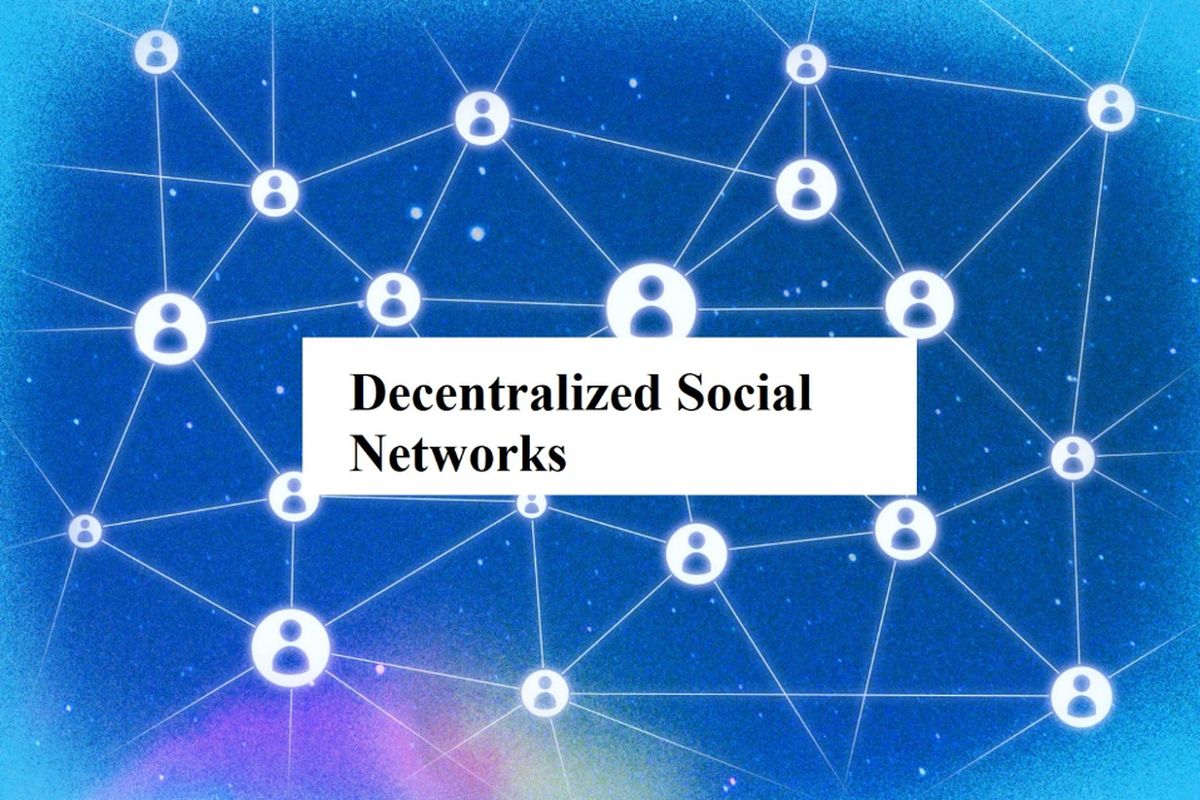SocialFi combines social networking with decentralized financial transactions (DeFi). Web3 systems like SocialFi make it easier for users to build, operate, and transfer ownership of their own social media sites and the material their users create.
SocialFi is geared toward content producers, influencers, and users who desire more agency over their data, more latitude in their expression, and the opportunity to monetize their online communities. NFTs are the driving force behind identity and access management and virtual property, but cryptos are where most of the monetary transactions take place, notably on platforms like Bitcoin Prime.
DAOs are the organizational framework of choice for these networks since they make it more difficult to implement centralized censorship policies. SocialFi’s infrastructure can handle the traffic volumes associated with social media interactions because of the rapid development of blockchain technology over the last several years.
The Difficulties Of Web 2.0 Social Networking
Over fifty percent of the world’s population, or 58.4 percent, spends a median of 2 hours & 27 minutes each day on social networking sites. However, a small number of centralized corporations and their owners profit from the focus, connections, participation, and data created.
Centralized decision-making is also abundant in the many cases when platforms have banned content producers from discussing certain subjects. Although these mechanisms exist to safeguard the community as a whole from potentially damaging messages, the spirit of Web3 is more in line with a decentralized curation process, assuming one exists at all.
Third, Web2 apps have struggled with digital ownership and the ability to trace ownership. Because of the importance of internet sharing for creators and artists, this is of paramount importance. The problem is that if there aren’t adequate safeguards in place, the absence of digital ownership creates opportunities for digital piracy.
Web2 platforms also have difficulty capitalizing on the value associated with well-known brands. Individuals who have established themselves as brand ambassadors may usually make use of their brand equity in indirect ways. But their popularity and trustworthiness on social media don’t automatically transfer into cash.
Related: What Is Decentralized Social (DeSo) And How Does It Work In 2022?
How Much Do Social Tokens Really Mean?
Inherent to this paradigm are a few basic design tenets including:
- To participate in a creator’s content, one has to own a social token. You would need Elon Musk’s social token in your wallet if you wanted to interact with his postings, as shown in our example.
- If you have the most of a certain influencer’s social token, your message will appear at the top of the answers.
- There may be thresholds established by creators and influencers that enable only those fans who have acquired a particular amount of their social tokens to contact them privately.
- Artists with a sizable fan base may include a membership system in their social media to charge a fee to access exclusive versions of their works.
- The cost of a user’s interaction with your material, in the form of a like or a share, is monetized.
The Future Course
SocialFi systems have potential despite challenges with infrastructure and business models. This is a significant development in the worldwide march toward creator economy models.
Only after experiencing and surviving many setbacks will future social networks built on DeFi principles be able to confidently claim resilience. You may also use the same logic with SocialFi. The sky’s the limit for SocialFi initiatives if market tailwinds continue to propel advancement and investors stay bullish.









